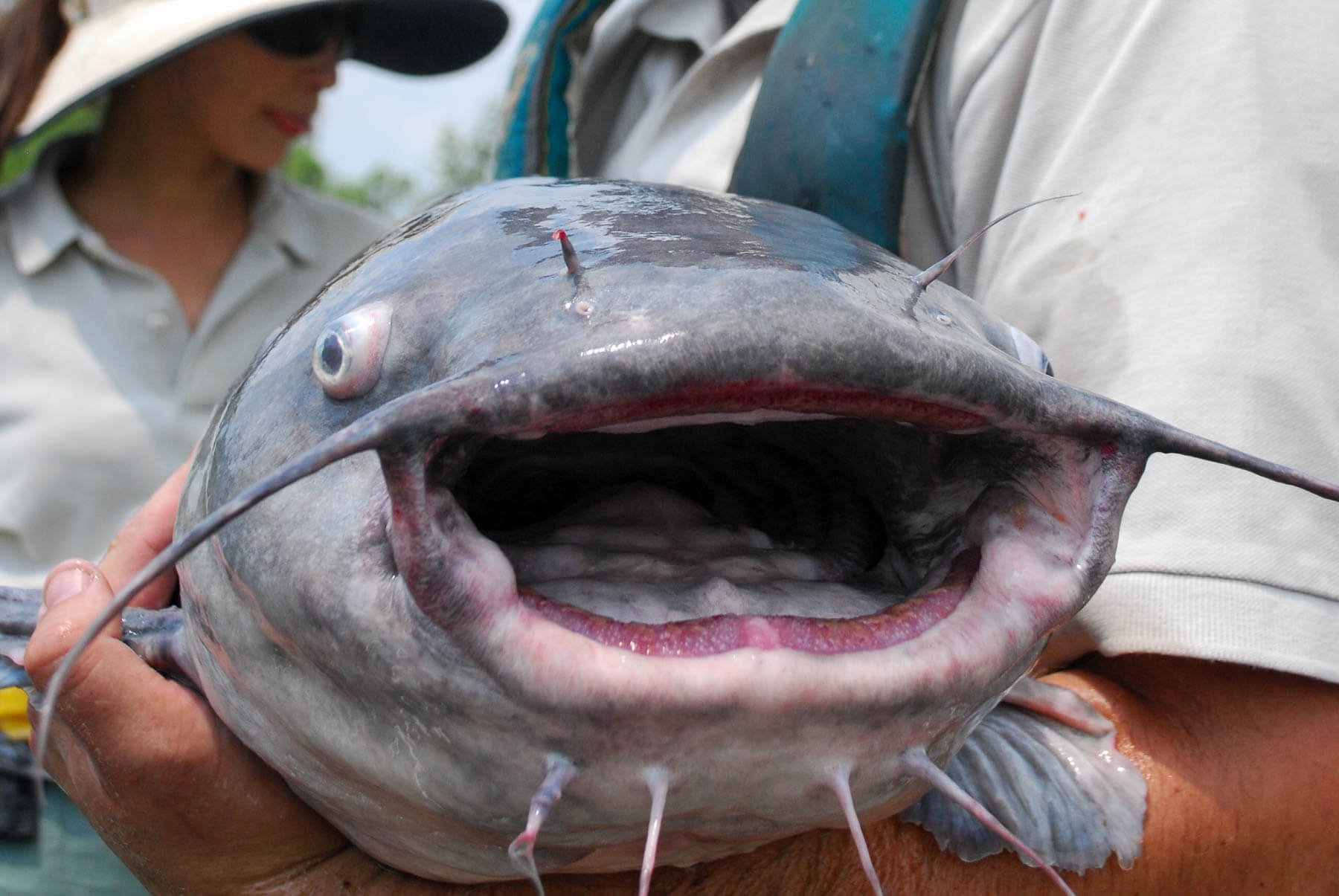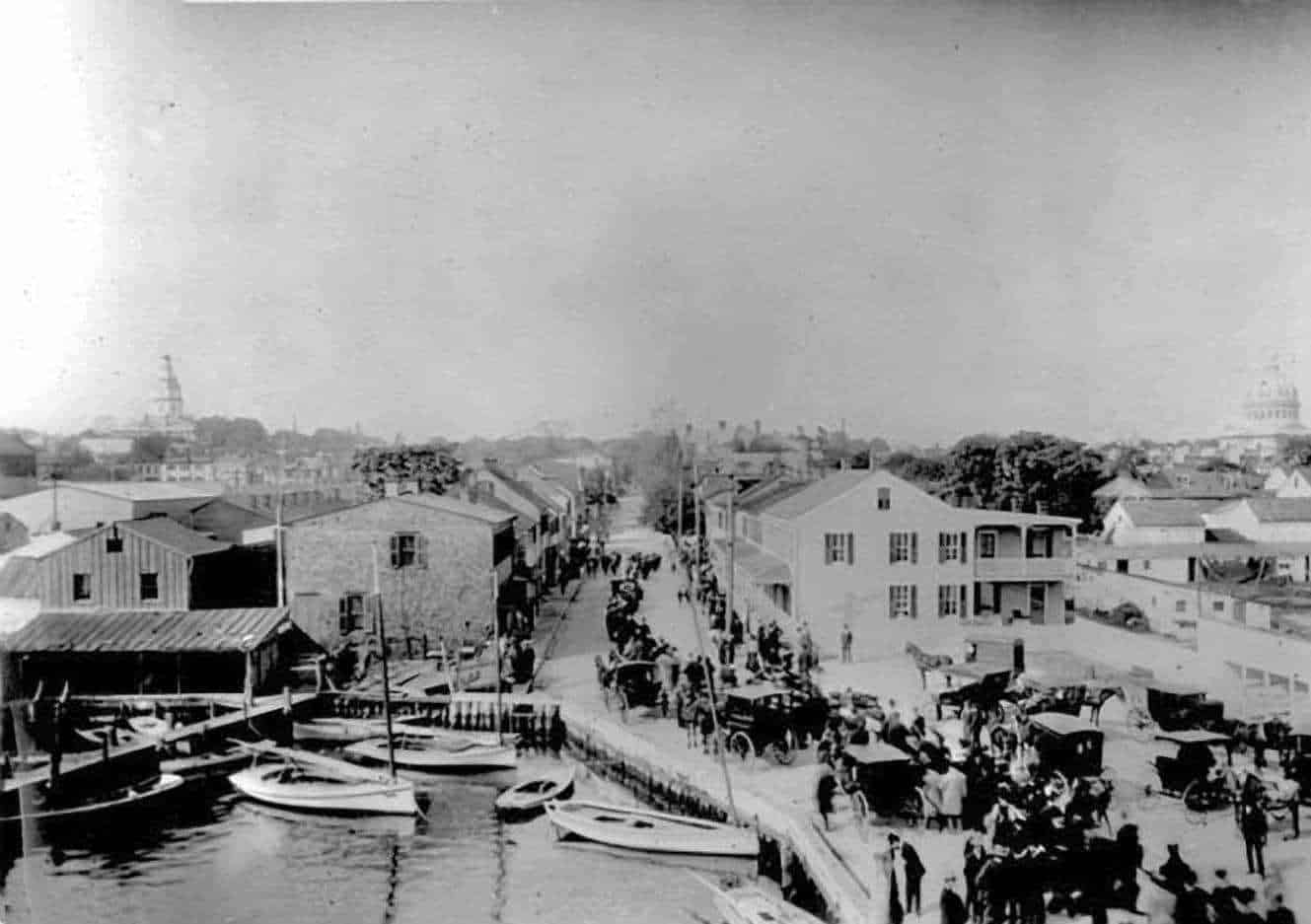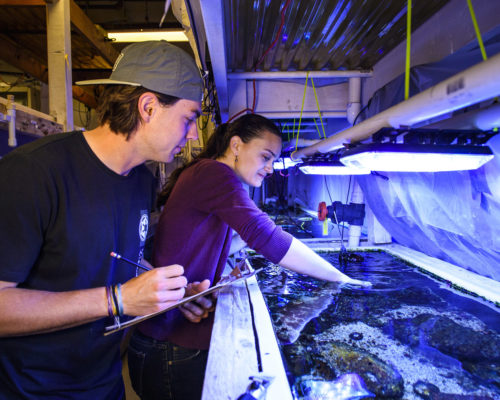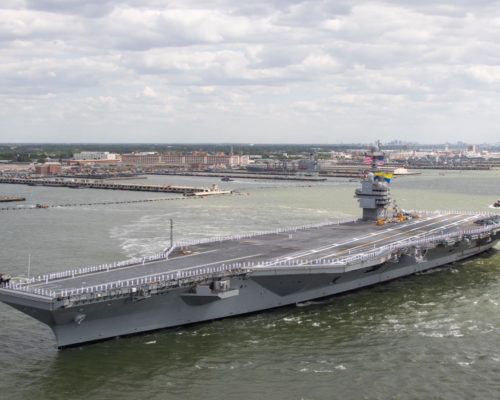A type of industrial chemical so dangerous that it hasn’t been produced since the 1970s is, incredibly, still showing up in the James River. So the state is taking unprecedented measures to crack down on these chemicals, called Polychlorinated Biphenyls (PCBs).
Virginia’s Department of Environmental Quality (DEQ) has begun developing a pollution diet for PCBs in the tidal James from Richmond to Hampton Roads and the Chesapeake Bay, plus the Elizabeth River and its tributaries between Norfolk and Portsmouth. This pollution diet puts PCBs right up there with the worst waterway offenders: nitrogen, phosphorus, and sediment.
Last year, DEQ developed a PCB pollution diet for the upper James above Richmond, its Jackson and Maury River headwater tributaries, Mountain Run (a tributary of the Rappahannock River near Culpeper), and Lewis Creek in the Shenandoah Valley.
While the emphasis of the overall Bay cleanup remains on reducing nitrogen, phosphorus, and sediment inflows, there’s enough evidence of PCBs’ presence to require the new pollution diet. The presence of these long-lived, cancer-causing industrial chemicals shows up in fish tissue. Besides heavy exposure being linked to cancer, PCB exposure can also cause skin lesions and liver problems.
Elevated PCB levels has even prompted Virginia’s Department of Health to issue fish consumption advisories in the James.
The PCBs have persisted and grown, causing DEQ to list the James as impaired under the Clean Water Act. That listing requires development of a cleanup plan. You can learn about the basics of PCB pollution this short video.
According to the state health department, PCBs were used mainly as coolants and lubricants in transformers, capacitors, and other electrical equipment. They were also used in fluorescent lighting fixtures, microscope oil, and hydraulic fluids.
The U. S. Environmental Protection Agency (EPA) banned intentional production of PCBs in the late 1970s, but PCBs still emerge as unintentional byproducts of some existing industrial processes. These newer PCBs and legacy loads persist, especially in industrial site soils where stormwater runoff carries them overboard into riverine sediments.
There they enter the food webs through “debris feeders” like worms and tiny crustaceans and work their way up through fish to birds of prey like bald eagles and ospreys, and to us.
The tidal James pollution diet will involve studying known contaminated sites, like abandoned metal recycling operations, and waters where the contaminants appear most concentrated. The study will build targets for remediation. DEQ will use cleanup techniques like environmental dredging and bioremediation.
In the meantime, what about those of us who like to catch and eat fish from the James? The health department lists consumption advisories and suggests avoiding large fish like blue catfish over 32”, which can accumulate high levels of pollutants over time. They also advise people not to eat any fish from the James more than twice a month.
Note: if you catch James River blue catfish to eat (they’re particularly tasty in the 15-24″ range), fillet each fish, skin it, and cut out the dark muscle along the lateral line. This technique can help eliminate the areas where toxics tend to concentrate.
-John Page Williams




